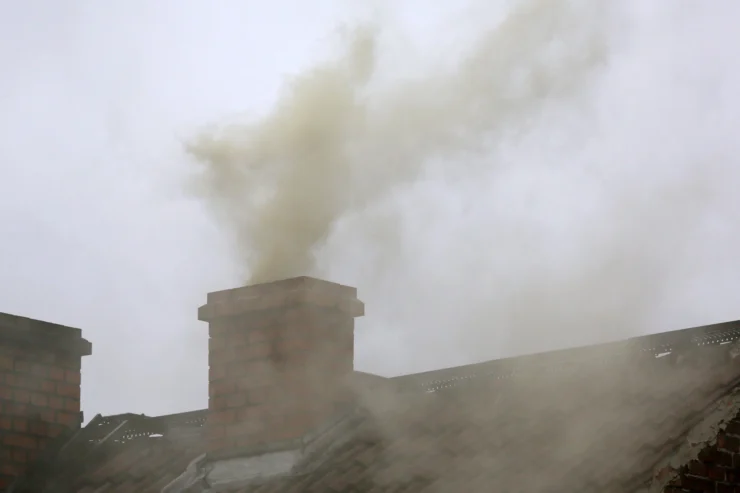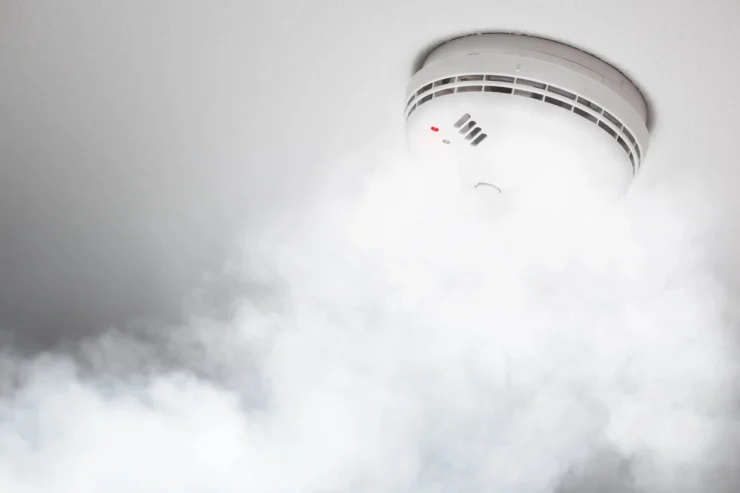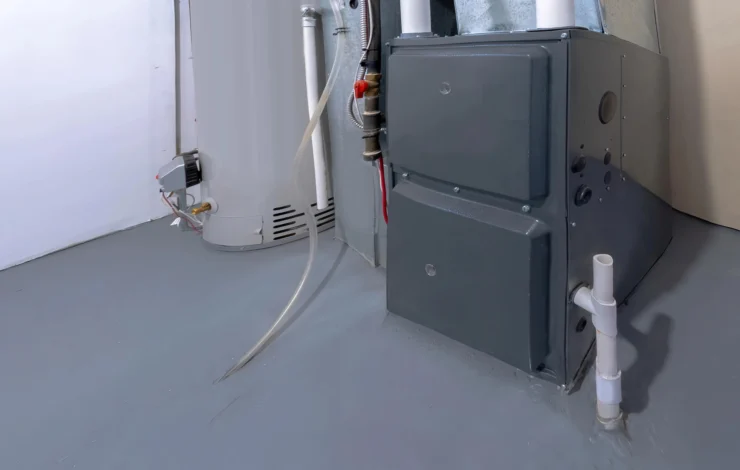Carbon Monoxide Poisoning Increases in Winter
January 23, 2014As temperatures drop, the risk of carbon monoxide (CO) poisoning rises—and that danger often starts right inside the home. Many heating systems rely on combustion to generate warmth, and if a furnace, boiler, or other fuel-burning appliance isn’t properly maintained, it can quietly release this toxic gas into your living space.
According to the American Lung Association, over 50,000 people are treated in emergency rooms every year due to accidental CO poisoning. Tragically, around 430 of these cases turn fatal.
The silent threat becomes more serious during winter when homes are sealed tightly to retain heat. CO can build up undetected without proper ventilation or regular heating system maintenance.

What Is Carbon Monoxide Poisoning and Why Is It So Dangerous?
Carbon monoxide is a colorless, odorless gas that interferes with your body’s ability to carry oxygen. When inhaled, it binds to red blood cells more readily than oxygen does, starving vital organs—including the brain and heart—of what they need to function.
Because CO can’t be seen or smelled, it often goes unnoticed until symptoms like dizziness, headache, fatigue, nausea, or confusion set in. In high concentrations, carbon monoxide exposure can lead to unconsciousness or death within minutes.
The threat is widespread and growing. A 2023 report from the U.S. Consumer Product Safety Commission tracked non-fire-related CO deaths over a ten-year period, noting a clear upward trend. In 2019 alone, there were approximately 250 consumer product-related CO fatalities in the U.S.—the highest of any year studied.
Winter remains the most dangerous season. Over half of all CO-related deaths occurred during November through February, as cold-weather habits—like using space heaters, running vehicles in enclosed garages, or relying on under-serviced furnaces—become more common.
Engine-driven tools, such as portable generators, were the leading cause of non-fire CO deaths, responsible for 40% of incidents between 2009 and 2019.
But heating systems weren’t far behind. In 2019, an estimated 69 CO deaths were traced back to malfunctioning furnaces, boilers, and similar products.

Six Practical Steps to Lower Carbon Monoxide Risks
1. Schedule Annual Heating Inspections
A professional HVAC inspection at least once a year is one of the most effective ways to catch CO risks early. Our technicians check for blockages, cracked heat exchangers, and poor ventilation—all of which can lead to CO leaks.
Regular checkups give you peace of mind during the heating season.
2. Make Repairs as Soon As Problems Arise
Strange noises, inconsistent heating, or rising utility bills can be early signs that your furnace or heating unit isn’t working properly. Delaying service gives CO more time to become a hazard. Prompt repairs help keep your system safe and efficient.
3. Install Carbon Monoxide Detectors
Place CO alarms on every level of your home, especially near bedrooms. Detectors can alert you to CO buildup before symptoms appear, giving you time to leave the space and call for help.
Test them monthly and replace them every 5–7 years.
4. Keep Vents and Flues Clear
Snow, leaves, and animal nests can block furnace vents or chimneys, preventing CO from escaping your home. Check these areas regularly, especially after storms, and clear up any obstructions you find.
5. Avoid Using Portable Generators Indoors or Near Windows
If you rely on a generator during outages, place it outside, far from doors, windows, or vents. Even in garages or open sheds, CO can drift into your home.
6. Don’t Warm Your Car in the Garage
Letting a car idle in an attached garage, even with the door open, can quickly flood your home with CO. Pull your car out of the garage before warming it up.

Protect Your Home with Summers & Zim’s
The best defense against carbon monoxide is a proactive approach, starting with annual heating inspections. At Summers & Zim’s, we’ve been keeping families safe and comfortable across Lancaster, Delaware, and Chester counties since 1930.
Our good-natured team is known for providing high-quality, personalized HVAC service, backed by extensive experience, industry certifications, and a true passion for customer care. Whether we’re performing a routine furnace tune-up or handling a full system installation, your safety and satisfaction always come first.
We also back our work with our exclusive 5 Point Guarantee, which covers everything from performance and craftsmanship to cleanliness and respect for your time and home.
Schedule your annual heating inspection today—fill out our free estimate form and let us help you stay safe this winter.